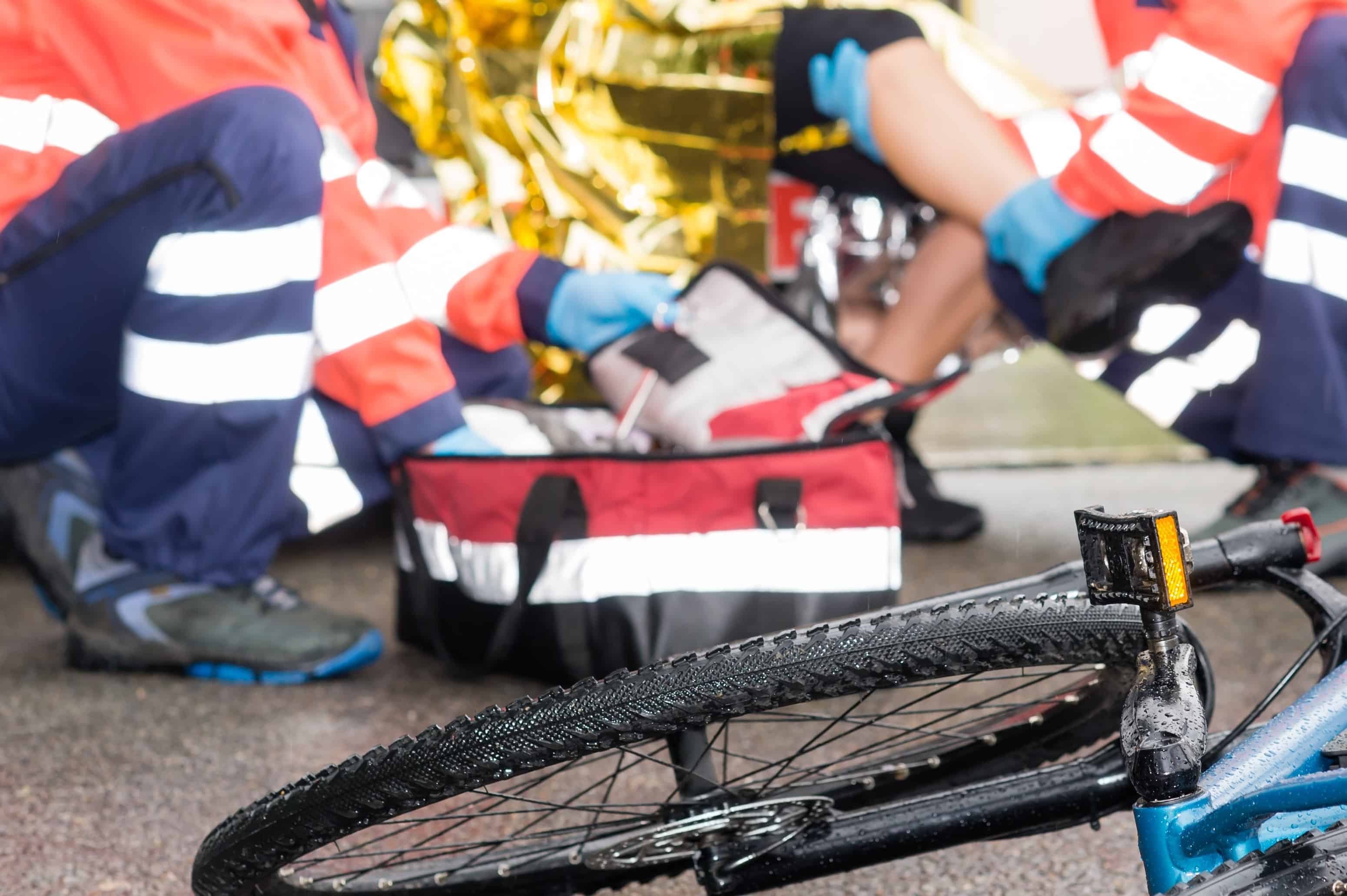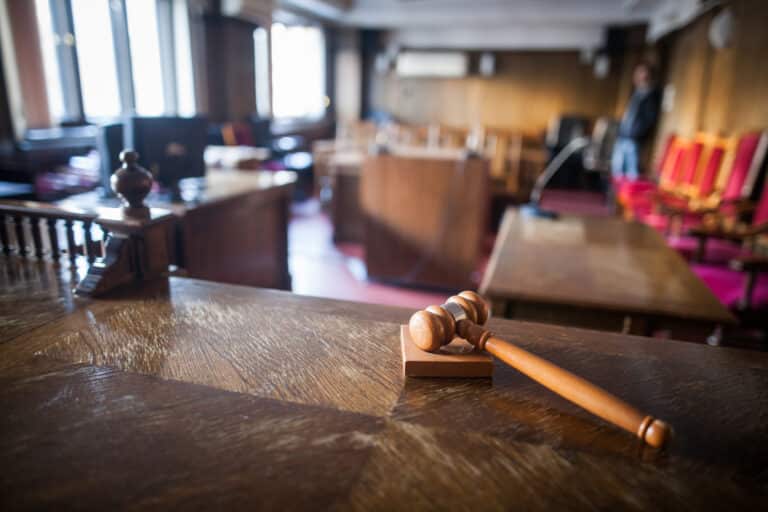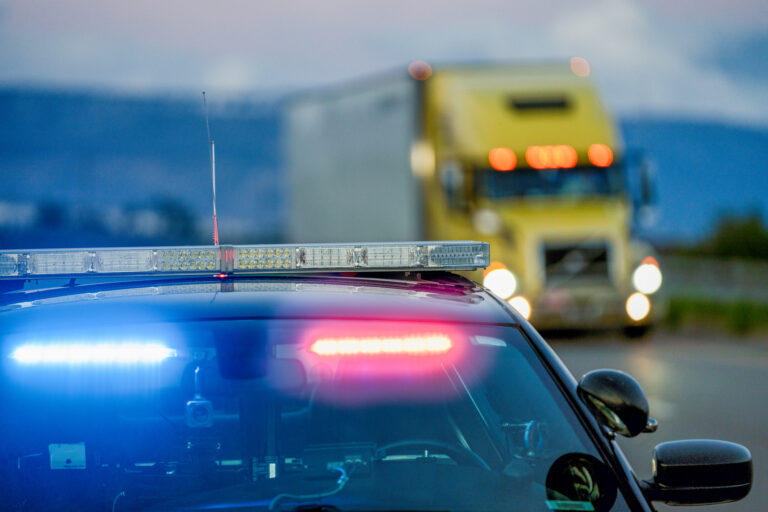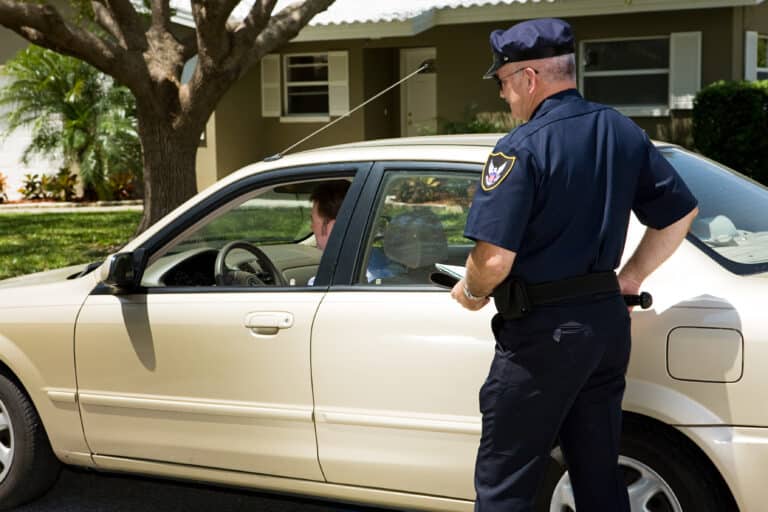In the past few years, the number of bicyclists on the streets of New York—especially NYC—has increased dramatically. Motor vehicle drivers must yield to bikes on the road. But these bicyclists need to obey the law as well. When accidents involving bicyclists occur, regardless of who is at fault, an accident report may need to be filed. Here are some important things that drivers and bicyclists need to know.
Bikes Have Right of Way
If there is a bike on the road, the driver of a motor vehicle should err on the side of caution. As with pedestrians, drivers should assume a bicycle has the right of way. For example, if the bicyclist and motorist are going the same direction, and the motorist goes right while the bicyclist goes straight, the bicyclist has right of way.
Even if the bicyclist is doing something illegal, the motorist should act as though the bike has the right of way. Let’s face it: if the two vehicles were to collide, the motorist is probably going to be fine, but oftentimes the same cannot be said for the bicyclist. So for the safety of everyone, motorists need to yield to bikes whenever possible.
Bicyclists Must Obey the Law
In the case of an accident involving a bike, the motorist is not wrong by default. Traffic laws apply to bicyclists as well. For example, if there is a bike lane, the bicyclist has to be in it. If not, they have to be as far to the right of the road as possible. In addition, bikes must yield to pedestrians just as motor vehicles do.
Unfortunately, some bicyclists have a habit of ignoring traffic lights and signs. For example, bikes must come to a complete stop at a red light before turning, and they must obey one-way street directions. Police can ticket bicyclists for these violations, and the points can go on their driver’s license if convicted.
Bicyclists must also keep in mind that if they collide with a pedestrian, by law they must stop and fill out a police report. Failure to do that can result in being charged with an offense.
Determining Fault in Bike Accidents
As with any accident, police have to reconstruct the scene to determine who is at fault. The first two people we talk to are the bicyclist and the party he or she collided with, be it a pedestrian, another bicyclist, or a motor vehicle. If a motorist is involved, he or she is most likely to give the best account, since he or she will likely have suffered few to no injuries. If the cyclist is immobile or taken away by EMS, then the investigation continues. We talk to others, such as witnesses walking on the street, passengers in the car involved, and drivers and passengers in other vehicles.
Most of the time, it turns out that the motorist didn’t notice the bike until the last minute, and the bicyclist assumed he was seen by the driver.
When motorists are at fault, it is usually because they aren’t mindful of the bike, and sideswiped it, or turned right without yielding to the rider. On the other hand, cyclists are often at fault when they forget that, even though they are not in a car, the basic rules of the road regarding right of way, traffic signals and even speed limits apply to them too.
Bike Accidents and Fraud
Some bike accidents are the result of someone attempting to defraud an insurance company. A person may deliberately bump their bike into a motor vehicle and then claim to have been struck hard. This person may then decline to be seen by the EMS and instead see their own doctor, who may be in on the scam.
How do police determine this? Unless you have video or a solid eye witness, police must conduct a full investigation. As with any police report, an officer must ask the right questions, look for inconsistencies in answers, and use other investigation techniques to determine the facts. However, police can’t claim someone is lying on an accident report—we can only report the facts.
If at the end of the day, it’s a he said/she said situation, that’s what police write down. From there, it’s up to insurance companies to sort it out.
Sharing the Road
The bottom line is that bicycles and motor vehicles have to share the road. A lot of the casual riders go to a park for leisure riding because they don’t want to be around cars. Most of the people cycling on the streets are people going to work, messengers, delivery guys, or serious fitness types.
The increase in bike lanes is good because it gives bicyclists their own safe lane to ride in. However, there’s no way to avoid having these lanes cross intersections or for bike riders to have other interactions with motor vehicles. So at the end of the day, both motorists and bicyclists need to learn to be aware of each other and follow the law.





